
Gia Dinh Art School in 1930 (Reference document - TLTK 3)
Gia Dinh Art School
Gia Dinh Indigenous Arts School (École d'Arts Indigènes de Gia Dinh), specializing in industrial drawing, decoration, copper engraving and lithography (a professional indigène de dessin industrial et d'ornement, de gravure et de lithographie) but commonly known as "Gia Dinh Drawing School" (École de dessin de Gia Dinh), was established in 1913 and is the predecessor of today's Ho Chi Minh City University of Fine Arts.
In 1917, Gia Dinh Art School was the only art school classified as a “first-level secondary school” and recognized as a member of the “Central Union of Decorative Arts of Paris” (Membre Perpétuel de l'Union Centrale des Arts décoratifs de Paris). This was an important milestone because for the first time, the school's students were exposed to Western painting. The school began to provide systematic training with scientific methods instead of traditional training.
In 1940, Gia Dinh Painting School was renamed “Gia Dinh Practical Arts School” (École des Arts Appliqués de Gia Dinh). From here, the school’s training program was gradually supplemented and improved, adding general decoration, perspective, sketching… along with taking students to practice drawing in real life, reflecting the lives of working people in their works of art.
In October 1954, when the Geneva Agreement was implemented, the country was temporarily divided into two regions. According to the wishes of the artists, the government at that time approved the establishment of the Saigon National College of Fine Arts right on the campus of Gia Dinh High School of Decorative Arts.
In 1971, Gia Dinh High School of Decorative Arts changed its name to National School of Decorative Arts.
The Gia Dinh National School of Decorative Arts and the Saigon National College of Fine Arts have trained many generations of talented painters and sculptors, who have made great contributions to the country's fine arts as well as to the training career. Many people participated in the August Revolution and the two resistance wars against foreign invaders, contributing to laying the foundation for Vietnam's revolutionary fine arts, such as painters: Huynh Van Gam, Nguyen Kao Thuong, Diep Minh Chau, Ho Van Lai, Hoang Tuyen, Quach Dong, Nguyen Hiem, Tran Van Lam, Huynh Phuong Dong, Hoang Tram, Co Tan Long Chau, Nguyen Van Kinh, Quach Phong,...
On April 30, 1975, the Ho Chi Minh campaign completely liberated the South and reunified the country. The military management team under the Central Fine Arts Department of the Southern Region took over the Gia Dinh National School of Decorative Arts and the Saigon National College of Fine Arts, converting the training facilities of the two old schools into fine arts training centers in the Southern region.
On June 26, 1975, the Ministry of Information and Culture of the Provisional Revolutionary Government of the Republic of South Vietnam issued a decision to appoint the leadership of the Ho Chi Minh City College of Fine Arts and assigned the task of drafting the program in time for the opening of the new school year.
After 6 months of preparation, on November 8, 1975, the school opened its first school year training at both secondary and university levels.


Outdoor drawing class (pictured above) and model drawing class of Gia Dinh Drawing School (Photo TLTK 2)
From 1975 to 1981, the Ho Chi Minh City College of Fine Arts completed the distribution of secondary and university art staff to the provinces and special zones in the South, to the army and the cultural, economic and social sectors of the Central Government located in the South. The school focused on the two most important aspects: basic visual arts and the relationship of art with life, and gradually implemented the motto of comprehensive and synchronous training [2].
To Ho Chi Minh City University of Fine Arts
Ho Chi Minh City University of Fine Arts was officially named in September 1981 (in 1975 it was called Ho Chi Minh City College of Fine Arts based on the takeover and merger of two schools: Gia Dinh Drawing School - since 1917 the Gia Dinh National School of Decorative Arts and Saigon National College of Fine Arts).

Ho Chi Minh City University of Fine Arts today (located at: No. 5 Phan Dang Luu, Ward 3, Binh Thanh District, Ho Chi Minh City)
During this period, the School applied many different training methods to quickly and promptly arrange all the secondary and university art staff for the provinces and special zones in the South, focusing on the two most important aspects: basic art creation and the relationship between art and life. At the same time, step by step implementing the motto of comprehensive and synchronous training, expanding foreign affairs activities such as:
-Opened a material engineering workshop (1975)
-Opened the College of Graphics (1976)
-Unlocking Theory, History, and Art Criticism (1976)
-Opened 19 short-term art classes in the provinces (1976 - 1980)
-Opening part-time college system (1978)
-Opened training course in Film Art Design (1979)
-Signed a twinning agreement with the Dresden College of Fine Arts (1979)
-Helped Hau Giang province (old) open a high school of fine arts in the School of Culture and Arts of Soc Trang province (1980).
-Helped Phnom Penh Art School build the Faculty of Fine Arts (1980).

Oil Painting Master Class
In addition, during this period, the school has strengthened scientific research, completed the consolidation and printing of lectures to continue research and improvement. Completed the system of lesson plans to correct the method of implementing the program and assigned the writing of textbooks, translated teaching materials, researched foreign theories and academics, created funds for scientific research and writing. At the same time, organized a summary of the school's 10 years of training.
After the 6th Party Congress in December 1986 and after the Conference of the Ministry of Universities and Vocational Secondary Schools in August 1987, the school implemented a school renovation outline that was supported by all staff, lecturers, students and pupils. Renovation is an urgent requirement in the school's activities.
The school advocates innovation in training processes, methods and management organization, innovation in work and life at the same time, in a relationship and mutual support. Open up the teaching and learning regime, reduce unnecessary stress in organizing and implementing training programs. Create a dynamic, creative, responsible teaching and learning environment and proactive capacity in decentralizing management more strongly and widely to departments and faculties, amend management methods and strengthen the teaching staff to adapt and be suitable for the new training process. Both soften training methods and expand the scale of training outside the standard system and open new training majors that are in great demand in society, create sources of income, gradually solve difficulties in the lives of staff, lecturers and students.

Graphic Design Class
During this period, the school opened additional training majors:
-Specialty in Monumental Paintings (1989)
-Faculty of Applied Arts (1990)
-In 1995, started training in master's degree in fine arts (with two majors: Visual Arts and Theory & History of Fine Arts)
-In 1998, established the Faculty of Fine Arts Pedagogy
In addition, the school also cooperates to open in-service training classes in localities such as: Lam Dong, Can Tho, Soc Trang, Ca Mau, Bac Lieu, Ben Tre, Tien Giang, Tra Vinh, Binh Duong, ...
In 2004, the school established the Information Technology Center to research and teach the application of information technology in fine arts training. Regarding academic theory research and publishing, the school established the Fine Arts Information scientific newsletter with the aim of providing information on the school's and the region's fine arts activities, and as a forum for exchanging knowledge about fine arts and the history of Vietnamese and world fine arts.
The school's leadership in all periods has paid great attention to training and fostering the team of managers, lecturers and staff, with recruitment plans and appointment plans suitable to the functions, tasks and specific situation of the school. The teaching staff basically meets the requirements in terms of quantity and quality, is constantly being rejuvenated, and is actively studying to improve their professional qualifications and skills at home and abroad.
The school's scientific research activities are quite diverse, including two main areas: one is theoretical research works and academic publications; the other is artistic activities such as: exhibition creation, construction of works serving society. An outstanding achievement of the school in social service is the establishment of the Applied Arts Center in 1997 with the function of improving practical skills for students and training applied arts to serve the needs of the national economy. Since its establishment, the Applied Arts Center has organized creation, project consulting, design and successful construction of many meaningful and effective works of art.

Sculpture class
The school pays special attention to international relations, especially during the integration period. The school has signed cooperation agreements on lecturer and student exchange and scientific research cooperation with many universities in the region and internationally such as: Royal University of Fine Arts of Cambodia; National Academy of Fine Arts of Laos; KhonKaen University, Silpakorn University, Thailand; Tokyo University of the Arts, Japan; Chosun University, Korea; Royal Academy of Fine Arts of Brussels, Belgium, University of South Australia, etc.
Ho Chi Minh City University of Fine Arts has inherited the quintessence of national and world art, preserved the traditional beauty in the school's training as well as selectively absorbed training experiences from many domestic and foreign fine art schools. Determined the right training goals and mottos; found appropriate training methods, improved the reasonable organizational structure. With a dynamic and enthusiastic teaching staff, many prestigious people have trained many fine art talents for the country. The school has fulfilled its function as a fine art training center for the southern provinces in particular and the whole country in general. Many graduates during this period have become core painters, sculptors, designers, successful in their creative and fine art design careers, steadfast in all aspects, capable of undertaking key tasks in departments, branches, and literary and artistic associations of provinces, cities, central and local levels.

Graphic design class
Some achievements in training such as:
- Open the major of Illustration - Comics in the field of Graphic Design; major of Multimedia Art Design in the field of Graphic Design.
- Always review, monitor and evaluate the results of annual training programs (undergraduate, graduate and doctoral) to make additional adjustments to improve output quality.
- Always innovate teaching and learning methods towards promoting positivity, proactiveness, creativity, developing self-study, self-research and effective teamwork skills. Widely apply information technology in teaching and learning.
- Expand formal training, on-the-job training and distance learning.
- Strengthen the organization of scientific conferences, seminars, and academic exchanges, creating conditions for lecturers, students and pupils to participate in more creative camps at home and abroad.
- Strengthen and develop relationships with schools around the world and organizations in the region. Gradually expand traditional relationships with schools and international organizations according to the principle of "friendship - cooperation - mutual development".
- In 2022, open a graduate training program in Applied Fine Arts (along with two majors: Visual Arts and Art Theory & History).
-In particular, in 2023, the School completed the external assessment and was recognized as meeting national education quality accreditation standards.

Multimedia Design Class
School development orientation in the coming period [3]
-Conduct evaluations of training programs (undergraduate, graduate and postgraduate).
- Strengthen international cooperation in diverse forms in many fields: training cooperation and association in training, research and exchange of human resources (lecturers, trainees and students).
- Implement training plans, develop teaching staff, increase the proportion of lecturers with doctoral degrees and foreign language proficiency.
- Continue to improve the effectiveness and efficiency of management work, based on the good implementation of democratic mechanisms, coordination of administrative management with professional management, and proactive implementation of school autonomy in the roadmap for comprehensive innovation of higher education.
-In the period from 2023, the school will continue to complete the Hall building in the construction area on the theoretical school campus. Ensure that the infrastructure and equipment serving training must be synchronous and meet regional standards.
The journey of 110 years of formation and development, that is the fine tradition of the school, teachers and students of the former Gia Dinh Painting School - Ho Chi Minh City University of Fine Arts today have constantly strived to teach, study and have inherited, preserved, and promoted the national art tradition as well as selectively absorbed the quintessence of world art, contributing to building an advanced Vietnamese culture, imbued with national identity. The important thing for the current and future generations is to strive to maintain and promote that fine tradition. This is a heavy and glorious task to build Ho Chi Minh City University of Fine Arts with a brand, reputation and quality in the period of national innovation, integration and development.
References (TLTK)
1. Georges Ribon (1947), “Les Écoles d'Art de Cochinchine”, Indochine Magazine, September issue, Ho Chi Minh City General Science Library.
2. Ho Chi Minh City University of Fine Arts (2013), 100th Anniversary of Gia Dinh Painting School - Ho Chi Minh City University of Fine Arts (1913 - 2013) .
3. Ho Chi Minh City University of Fine Arts (2021), Development Strategy of Ho Chi Minh City University of Fine Arts for the period 2021 - 2026, vision 2030.
Assoc.Prof.Dr. NGUYEN VAN MINH
Principal of Ho Chi Minh City University of Fine Arts
Source



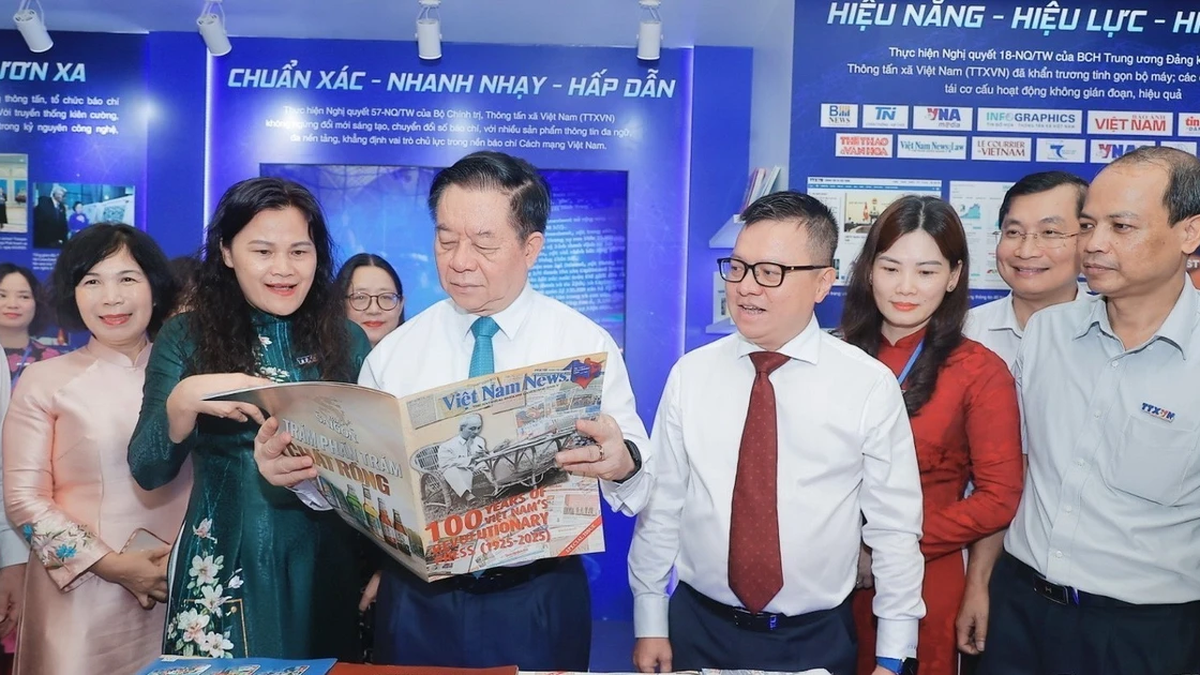



![[Photo] Panorama of the Opening Ceremony of the National Press Festival 2025](https://vphoto.vietnam.vn/thumb/1200x675/vietnam/resource/IMAGE/2025/6/20/6b835ee92c2c4df587af73cb2d1f4f5f)
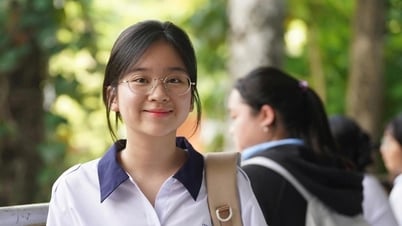





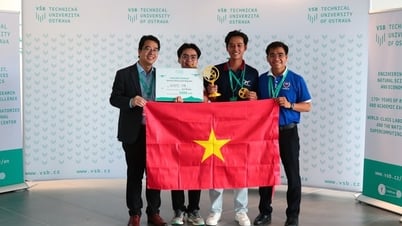


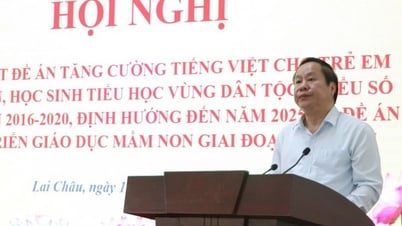









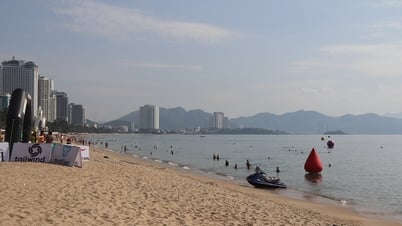

![[Photo] General Secretary To Lam chairs the 14th Central Military Commission Conference](https://vphoto.vietnam.vn/thumb/1200x675/vietnam/resource/IMAGE/2025/6/20/a9d25fc6dd664fb9a3757502f32e5db0)

























![[Maritime News] Wan Hai Lines invests $150 million to buy 48,000 containers](https://vphoto.vietnam.vn/thumb/402x226/vietnam/resource/IMAGE/2025/6/20/c945a62aff624b4bb5c25e67e9bcc1cb)





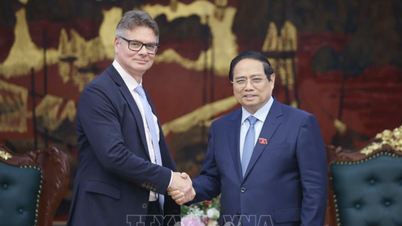






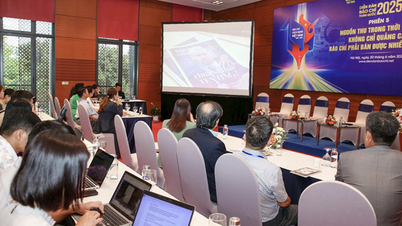

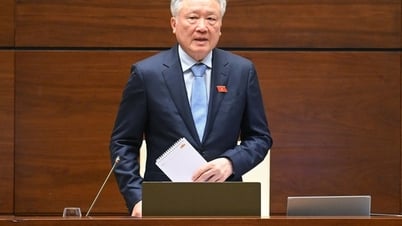




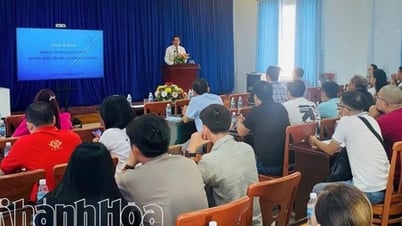
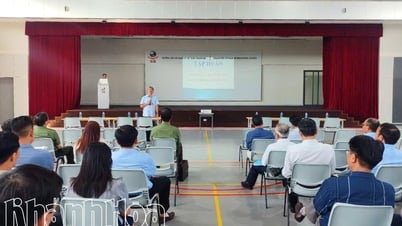



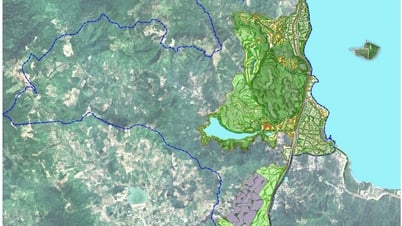
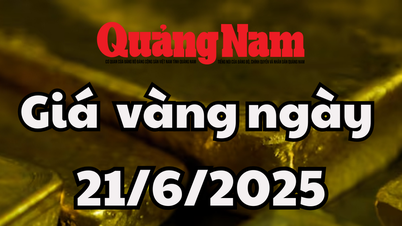

















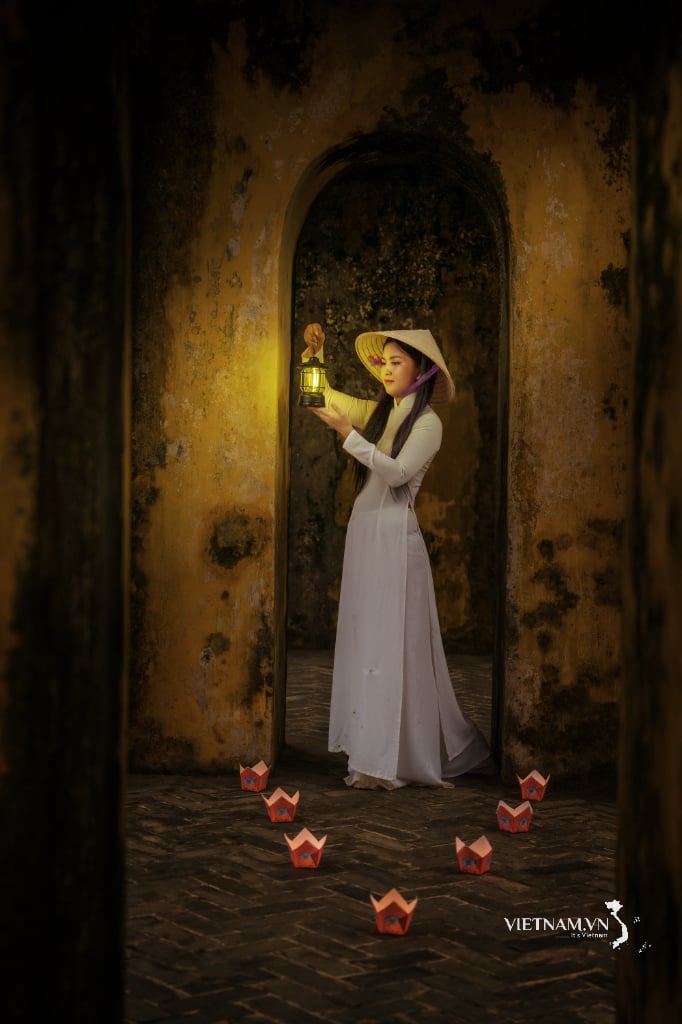

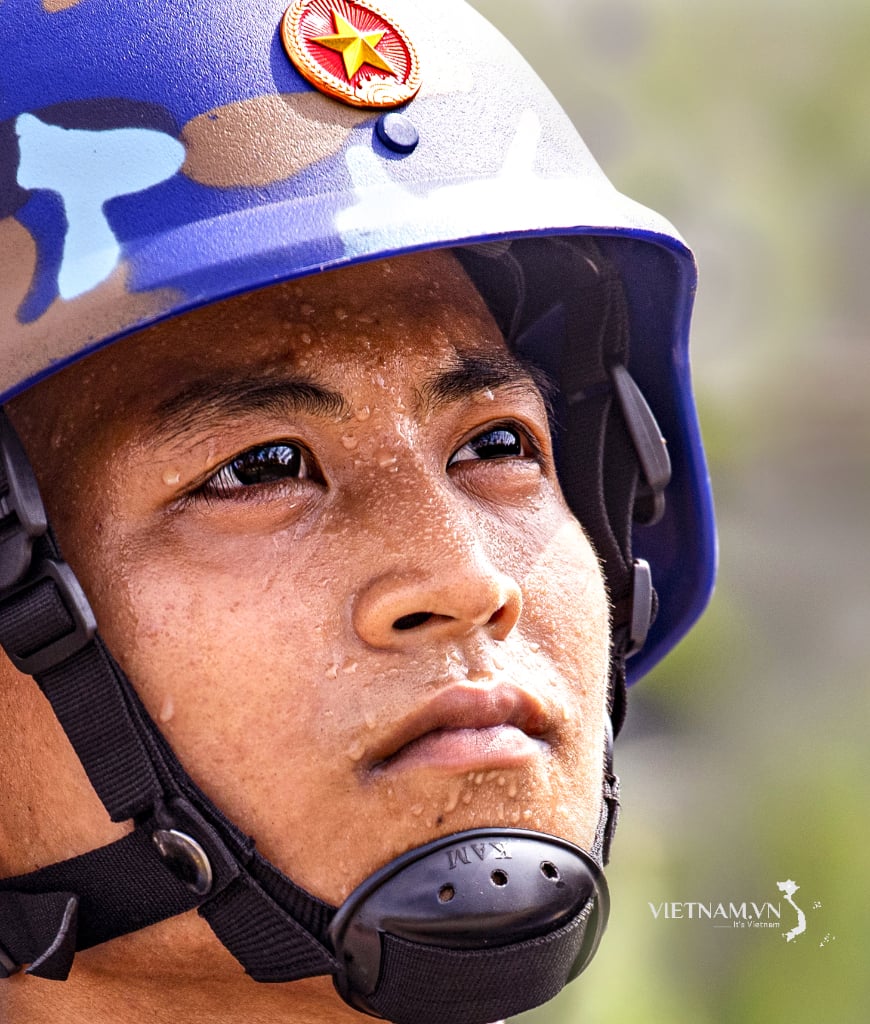
Comment (0)